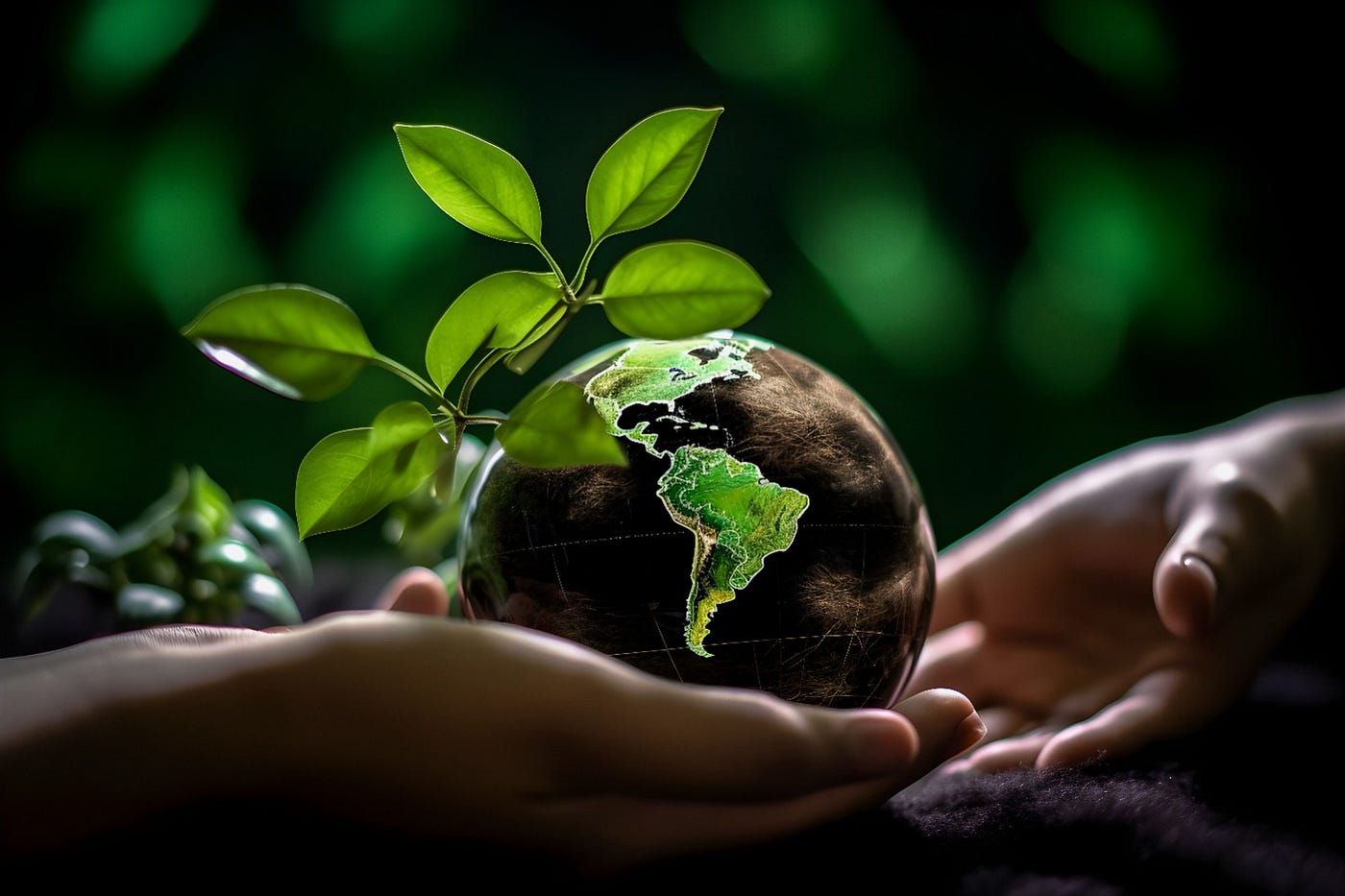These refers to changes in processes, practices and structures to moderate potential damages or to benefit from opportunities associated with climate change. In simple terms, countries and communities need to develop adaptation solutions and implement actions to respond to current and future climate change impacts.

Adaptation can also include behavioural shifts such as individuals using less water, farmers planting crops that are better suited to the changing climate, and more households and businesses buying flood insurance.
Erecting buildings and infrastructure that is safer and more sustainable. Replanting forests and restoring damaged ecosystems.
Diversifying crops so that they are better able to adapt to changing climates. Investigating and developing innovative solutions to prevent and manage natural catastrophes.

5 ways countries can adapt to the climate crisis;
Early warning systems.Ecosystem restoration.Climate-resilient infrastructure.Water supplies and security.Long-term planning.
In essence, adaptation can be understood as the process of adjusting to the current and future effects of climate change. Mitigation means making the impacts of climate change less severe by preventing or reducing the emission of greenhouse gases (GHG) into the atmosphere.
Co-benefits of adaptation include the positive effects on biodiversity, air quality, water management, greenhouse gas emission reductions, and health and well-being.
